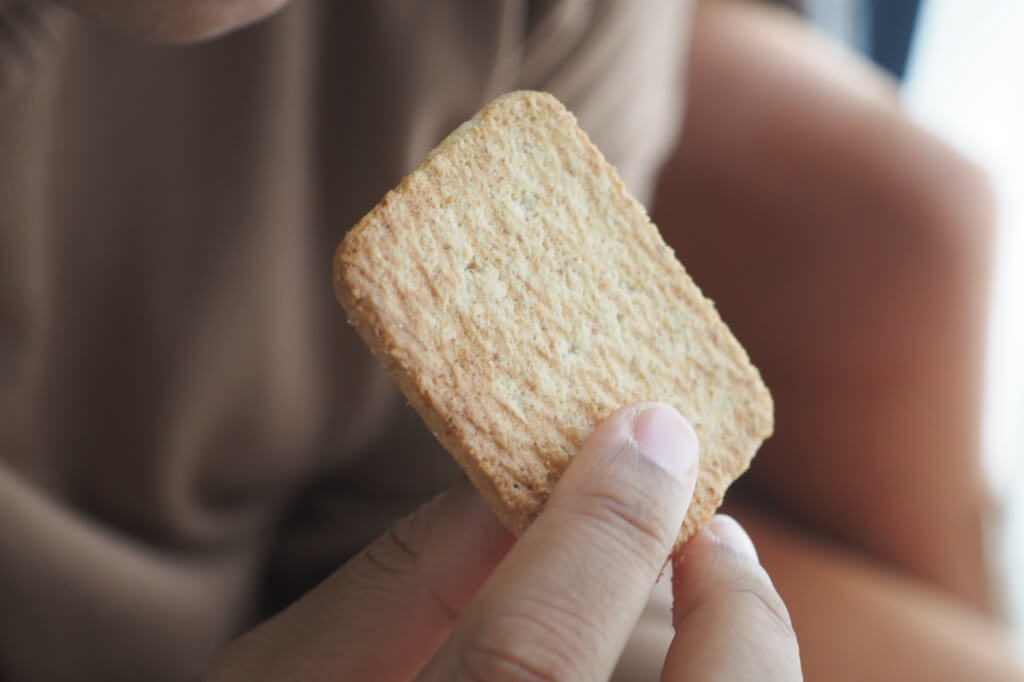Twister, the undeniable life of the party for decades, took a traditional dance floor maneuver and turned it into an uproarious game that left its mark on popular culture. Let’s rewind and revisit the basics of Twister before we delve into how it emerged as a cultural icon. The game’s oversized plastic mat, with its distinctive rows of vibrant circles, forms the stage for the laughter-filled action.
With a four-part spinner dictating the limbs’ placement, the players twist and stretch, striving to match the right color with the right appendage without toppling over. This pursuit often results in some rather, let’s say, unconventional postures, adding an extra dose of excitement to the game. Just a slip or a fall, and you’re out of the game. Ready to join the fun?
The brain behind Twister, Reyn Guyer, found inspiration for the game back in 1965 while brainstorming a promotional display for a shoe polish company. What initially began as “King’s Footsie” on his doodled notepads soon morphed into the uproarious game we know today. With the assistance of game designers Charles F. Foley and Neil Rabens, the concept took shape, initially coined as “Pretzel” before eventually settling on the name “Twister.”
Interestingly, Guyer’s involvement in the patent was a matter of dispute, with claims that he was left out intentionally. Regardless, the rights were eventually transferred, and Foley and Rabens went on to establish their own gaming empire. Guyer, on the other hand, ventured into even more groundbreaking creations, including the iconic Nerf ball.
Upon its launch, Twister faced a turbulent start, with concerns about its risqué associations threatening to overshadow its potential success. However, a stroke of luck turned the tides, as the game found its spotlight on the Tonight Show in 1966, thanks to the charming Eva Gabor and the legendary Johnny Carson. The resulting exposure catapulted Twister’s sales to unprecedented heights, eventually earning it the title of “Game of the Year” in 1967, cementing its status as a quintessential game of the 1960s.
Over the years, Twister’s influence has only continued to grow, with tournaments sprouting up, featuring the game as a popular fundraising event among college students. Its cultural impact is undeniable, as references to Twister can be spotted in songs by renowned artists like R.E.M. and Britney Spears, not to mention its appearances in beloved TV shows like Friends. With over 65 million people estimated to have experienced the fun of Twister, it’s safe to say that this game, born from a shoe polish promotion, has far surpassed its humble origins, securing its place in the heart of pop culture.
Twister’s Controversial Legacy
In the wake of Twister’s meteoric rise to fame, its impact on societal norms and values became a subject of heated debate. While some lauded its role in promoting physical activity and social interaction, others criticized it for allegedly blurring the lines of acceptable behavior, particularly in more conservative circles. The game’s association with physical closeness and the occasional compromising positions it led to triggered discussions on the boundaries of acceptable entertainment in a rapidly evolving cultural landscape.
The Gender Dynamics of Twister
Amidst the uproarious laughter and colorful contortions, the underlying dynamics of gender representation in Twister remained largely unexplored. Despite its seemingly innocent gameplay, some critics argued that the game perpetuated traditional gender roles, with the colors dictating specific positions often being associated with notions of masculinity and femininity. This raised pertinent questions about the subtle ways in which societal norms and expectations are subtly reinforced even in seemingly light-hearted pastimes.
Twister’s Evolution as a Cultural Phenomenon
While Twister is now firmly entrenched in popular culture, its journey from initial skepticism to mainstream acceptance was fraught with challenges and controversies. The initial resistance from retailers and concerns about its provocative undertones shaped its early narrative, but a series of well-timed publicity efforts and celebrity endorsements helped transform its image. Understanding the pivotal moments and strategic maneuvers that propelled Twister from a novelty game to an enduring cultural icon sheds light on the dynamics of cultural acceptance and adaptation.
Twister’s Influence on Subsequent Social Games
Beyond its immediate success, Twister’s influence on the trajectory of social games and interactive entertainment cannot be overstated. Its unique blend of physicality and amusement laid the groundwork for a new wave of interactive games that prioritized social engagement over conventional gameplay. Exploring the ripple effects of Twister’s groundbreaking approach on subsequent party games and group activities highlights its enduring legacy in shaping the landscape of social entertainment and gaming.
Unexplored Twister Variations
While the classic Twister mat remains an emblem of nostalgia and merriment, lesser-known variations and adaptations of the game have often stayed under the radar. From modified rules and unconventional settings to digital interpretations and cultural reimaginings, the unexplored world of Twister variations offers a fascinating glimpse into the creative ways in which the game has been reinterpreted and reinvented across diverse communities and platforms, underscoring its adaptability and universal appeal.
Strategic Tips for Success
To emerge victorious in the thrilling chaos of Twister, it’s essential to strategize and maneuver with precision. Here are some practical tips to help you conquer the colorful battleground:
- Establish a Stable Base: Before the spins dictate your next move, ensure a stable foundation by planting your feet firmly on the mat, allowing for better balance and flexibility as the game progresses. This initial stability can serve as your anchor in the whirlwind of colors and contortions.
- Flexibility is Key: Embrace your body’s flexibility and adaptability. Don’t be afraid to stretch a little further or bend a little more to reach the desired circles. Cultivating flexibility can give you an edge, helping you reach positions that might seem out of reach at first glance.
- Anticipate the Next Move: While you grapple with the current directive, keep an eye on the upcoming moves. Anticipating the potential sequences can help you preposition your limbs, making the transitions smoother and more controlled, preventing unnecessary tumbles or slips.
- Maintain a Clear Head: Amidst the laughter and twists, it’s crucial to stay focused. Keep a clear head and concentrate on the specific instructions from the spinner. Avoid distractions and unnecessary movements that might throw you off balance or cause you to lose your position on the mat.
- Play with Precision, Not Speed: Remember, Twister is not a race. While it might seem tempting to rush to the next spot, prioritize precision over speed. Ensure each move is deliberate and calculated, minimizing the chances of awkward tumbles and maximizing your longevity in the game.




